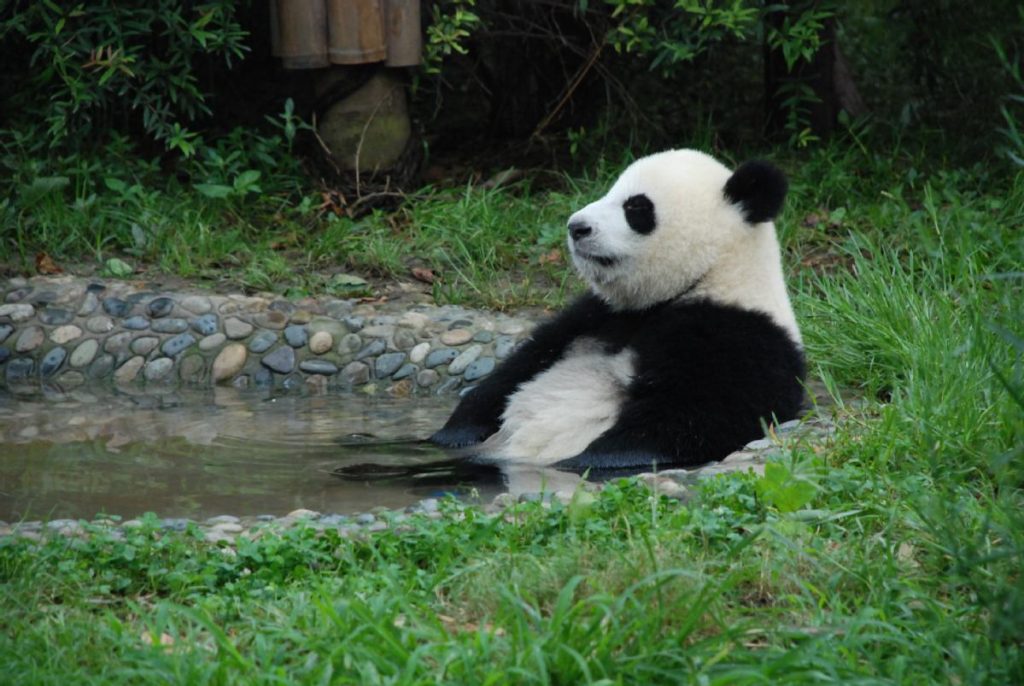The giant panda country

In the animals’ world, the giant panda enjoys a special reputation. With a long history of evolution, the giant panda is regarded as the “living fossil”, and the national treasure of China.
Unsociable and eccentric, giant pandas live in a solitary existence in dense bamboo forests. Though the giant panda is a carnivorous animal, 99% of its food is bamboo type plants, and bamboo shoots are its favorite. The giant panda is good at climbing trees and is not afraid of frigid cold weather. It loves to drink water and does not take winter sleep. In winter with a temperature of -4°C to 14°C, we can still find the giant pandas enjoy themselves in the snow-covered bamboo forests.
China is forever linked to its ancient civilization, friendly people, and many of the world’s most revered treasures, such as The Great Wall, Terra-Cotta Warriors & Horses and the Yangtze River. Today, one can also find spectacular architecture and towering skylines in Shanghai and Beijing (site of the 2008 Summer Olympics), a wealth of luxury accommodations – and as always – exquisite cuisine.
Come and see why China is drawing millions of visitors from all over the world. And, why each and everyone of them returns home smiling.
China is the most populous country in the world, with 1.25909 billion people at the end of 1999, about 22 percent of the world’s total. This figure does not include many Chinese in the Hong Kong Special Administrative Region, Taiwan Province and Macao Special Administrative Region. The population density in China is 130 people per sq km. This population, however, is unevenly distributed. Along the densely populated east coast there are more than 400 people per sq km; in the central areas, over 200; and in the sparsely populated plateaus in the west there are less than 10 people per sq km. The population in cities and towns makes up 30.4 percent; and that in rural areas, 69.6 percent.
China, with a recorded history of 5,000 years, was one of the world’s earliest civilizations. China was one of the countries where economic activity first developed. As early as 5,000 to 6,000 years ago, people in the Yellow River valley had already started farming and raising livestock. In the 21st century B.C., China established a slave society with the founding of the Xia Dynasty, thereby writing a finale to long years of primitive society.
Read more: http://www.cnto.org/














